|
Seventh Season
|
Newsletter
January–February 2009
|
|
 CHEERFUL NEWS
CHEERFUL NEWS
Update
breaking news from winter break
by Ulrike Shapiro
Good things seem to happen for Tempesta during those shortest days between the
years. Two seasons ago this time we got the offer to record The Fantastic
Herr Fasch from Chandos (now a 5-star disc), and this year we have
happy news to report on three fronts.
Year-End Fundraiser a Great Success
Thanks to all of you who responded either to the letter or the e-mail request,
this year-end fundraiser was the best in our history. Your enthusiastic
comments and encouragements, in addition to your generous checks and pledges,
will help us keep us afloat through the coming rough seas!
Of course, it is not too late to come onboard. If you have not contributed
this time, I invite you to join our growing family of friends. And be sure to
read about matching gifts from your employer, in the gray inset below.
Europe 2009
Late last year we got the exciting invitation to perform our upcoming program
Madame Levy’s Salon at the International Handel Festival
in Göttingen and at the Mendelssohn-Remise in Berlin, Germany in May!
As you might remember, Richard went to Berlin in 2007 to transcribe music
from the Berlin Sing-Akademie, an archive housing the important and
recently-repatriated Sara Levy collection that was taken to the USSR at the
close of World War II. This trip led to Tempesta di Mare’s modern world-premiere
performances of chamber music by Janitsch in January 2008. You can hear
additional Janitsch premieres in our upcoming March program, Madame
Levy’s Salon.
The International Handel Festival Göttingen is the world’s longest-standing
early music festival. Under the Artistic Direction of Nicholas McGegan, the
Festival invites artists from all over the world to Göttingen to present
their mastery before an international audience each year.
This will be out first international tour since 2000, and we are looking
forward to tasting some fabulous German beer in May!
Tempesta picked up by SymphonyCast and European Broadcast Union
Now we are playing with the big boys! American Public Media’s SymphonyCast
will begin airing four Tempesta di Mare concerts in their entirety this spring. APM
will distribute those same concerts globally through the Geneva-based European Broadcast Union (EBU), whose 100 members worldwide
include the BBC, Radio France and Radio Hong Kong. EBU’s members, which includes
American Public Media, are charged with the responsibility of submitting only the
finest live performance recordings that their nations’ ensembles have to
offer. We are honored to join this roster.
So next time you travel abroad, you might just hear us on the local
dial there too!
Ulrike Shapiro is Managing Director of Tempesta di Mare
|
|
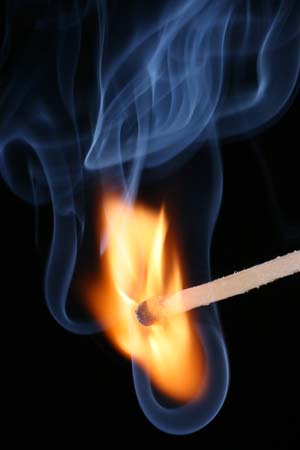 SMART MONEY
SMART MONEY
Got a Match?
double your gift to Tempesta di Mare at no additional cost to you?
You may be able to double—or even triple—the amount of your gift to Tempesta di Mare at no additional cost to you.
Many corporations match the gifts that their employees give to non-profit and charitable organizations. These matching programs have become part of many corporate giving initiatives, both to extend the reach of corporate giving and to encourage employees to be actively involved in supporting their communities.
To see if your employer has a matching-gift program, click over to
www.matchinggifts.com/demo.cfm. Then get a matching-gift form from your company's personnel or human resources office, and send it in with your contribution to Tempesta di Mare, 1034 Carpenter Street, Philadelphia, PA 19147.
While you are in the human resources office, sign up Tempesta di Mare as a workplace open campaign recipient if your company has an employee-driven giving program.
Smile! You just made it doubly possible for us to bring fabulous Baroque Music to you and Philadelphia.
Thanks!
|
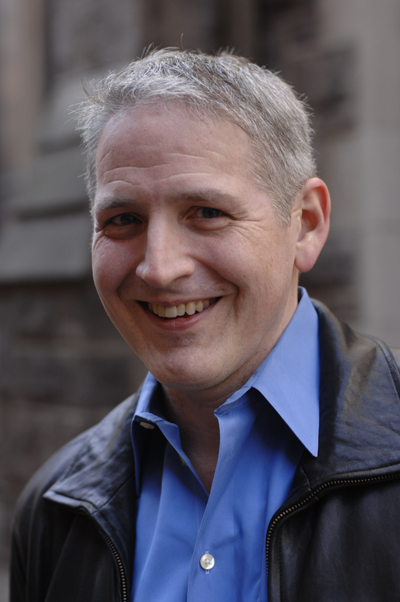 FEATURE
FEATURE
David Hayes
the highly visible invisible man
David Hayes will be conspicuous by his absence during the upcoming collaboration
between Tempesta di Mare and The Philadelphia Singers, With Cheerful Hearts.
He’ll be the most important person who isn’t onstage.
Hayes is the conductor and music director of The Philadelphia Singers, the
preeminent choral organization that Wolfgang Sawallisch called “one of
the musical treasures of Philadelphia.” (In 2001, The Philadelphia Singers
Chorale was invited to become the Philadelphia Orchestra’s first ever
resident chorus.) He is also staff conductor of The Curtis Institute Orchestra,
Director of Orchestral and Conducting Studies for New York’s Mannes
College and on The Philadelphia Orchestra’s conducting staff.
Although he’s fully involved in the show, Hayes won’t be
conducting With Cheerful Hearts. “At my
first meeting with Richard Stone [Tempesta di Mare Artistic Co-Director], the
first words out of his mouth were, ‘We don’t perform with a conductor.
Will that be a deal breaker?’” says Hayes. It wasn’t.
“I don’t have any big need to get up and wave my arms
around,” he says.
In fact, it became a deal maker. Hayes finds the prospect of letting the Singers
go conductorless exciting. He’s intrigued by Tempesta’s approach,
which is to direct performances from within the ensemble, allowing players to
relate directly to the music. “Normally, many of the ideas about phrasing, phrase direction, ‘Where is this line going, where is this
word going…’ comes from my conducting,” he explains. he says. "Traditionally, they're looking to the podium for some musical guidance.”
“This project is a good thing for our musical development,” he continues, “as there is no conductor and the ensemble must dig within itself and work together with the orchestra to find the interpretation, collectively."
Hayes’s own practice has been increasingly self-effacing. “Early
in my career, I’d mark every little thing in a fugue for the singers. But
gradually, I realized that when I said, ‘Do this forte here and piano there,
shape this like that, do this, do that,’ I was taking away responsibilities
that really belong to them. They know how to think for themselves”—Hayes
is used to working with the best singers and players in Philadelphia, after
all—“as long as you can convince them they should.”
(FEATURE continues below)
|

|
TICKETS
With Cheerful Hearts
odes by Bach, Vivaldi and Blow
January 31 and February 1
Tempesta di Mare | Philadelphia Baroque Orchestra
The Philadelphia Singers | Chorus and Soloists
|
Click the ticket roll image above to order your seats today.
|
|
FEATURE (continued)
Although we won’t see him on the podium, Hayes has been working
hard with the Singers to prepare them for flying solo. He and Tempesta
Artistic Directors Stone and Gwyn Roberts have been hashing out the
details of the collaboration, ranging from the grand issues of
interpretation to practical issues like how chorus and orchestra should
stand together. “Not in a typical choral formation in a
block,” says Hayes. “We have to break their habit of
looking at the podium. They have to be able to see around. They have
to be aware of what’s going on.”
“Working with a period group never occurred to me before,”
says Hayes. While Bach and Handel have been a backbone of The Philadelphia
Singers’s repertoire since its founding, his conception of baroque
has to do more with style than with period instruments per se. “If
you go with the weight of the musical gesture,” he says, “it
leads you down a certain path to the rhetoric of the music.”
He and Tempesta found each other thanks to the good offices of Ulrike
Shapiro, a member of The Philadelphia Singers who also just happens to be
Tempesta’s managing director. “Ulrike knew we’d be a
wonderful match,” says Hayes. With Cheerful Hearts is a plunge
into the deep end of period practice, a program with wildly varied instrument
colors: a twisty, quirky Vivaldi; a chirpy, cheeky John Blow; a molasses-dark
Bach. Hayes is relishing it. “There’s absolutely no question
that these are very different sounds. It’s extremely intriguing to
figure out what we’ll do vocally to engage with them,” he says.
But without Hayes. “Even in rehearsal, my whole approach is that
I’m going to do as little conducting as possible. They have to listen
and react and do it themselves,” says Hayes, looking over a set of
wrenching sigh-like gestures in the Bach Trauer Ode. He’s gesturing,
with his head.
For a man who isn’t there, he looks completely absorbed and happy about it.
Anne Hunter, Contributing Editor,
is a writer and art historian living in Philadelphia.
|
|
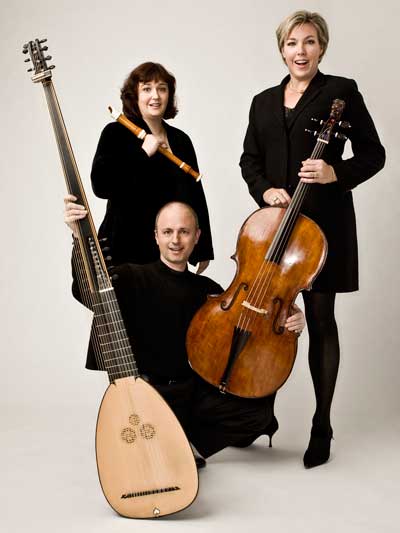
|
ASK THE MUSICIANS
Ask the Musicians
what do you want to know?
“gamba or cello?”
Dr. Bloom of Philadelphia wrote in:
My wife and I attended the recent Baroque music concert at Old St Joseph’s church.
I thought I saw a cello being played; my wife contends it was a viola da gamba. Please
settle this matter. Don’t worry; you won't get anybody in trouble.
Artistic Co-Director Gwyn Roberts fielded this one, with a bit of help from Eve Miller,
our musician who plays both cello and viola da gamba.
|
Dear Dr. Bloom,
That was a cello!
We use both instruments in Tempesta concerts, depending on the repertoire
and on the players. In this case, since cello was called for specifically
in at least one of the pieces (the Koželuh), we used cello for the
whole concert. If you come to our January concerts, you will see both
cello and gamba, since Bach calls for a pair of gambas in the Trauer
Ode.
In general, if we're playing orchestral music where no gamba is specified,
we use cellos because they are the bass of the violin family, which makes
up the rest of the string section of the orchestra. We use gambas when they
are called for specifically by the composer or when the music comes from a
time and place where gambas were particularly popular, such as France or
England.
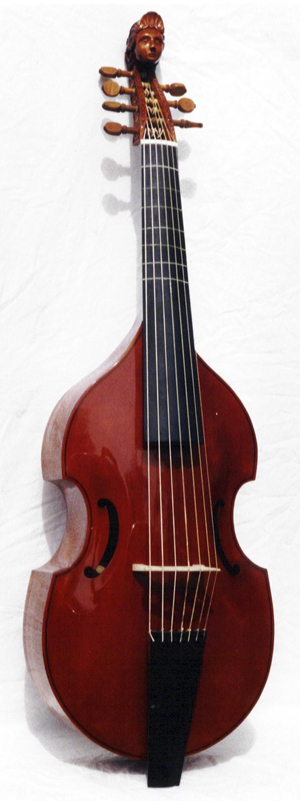
|
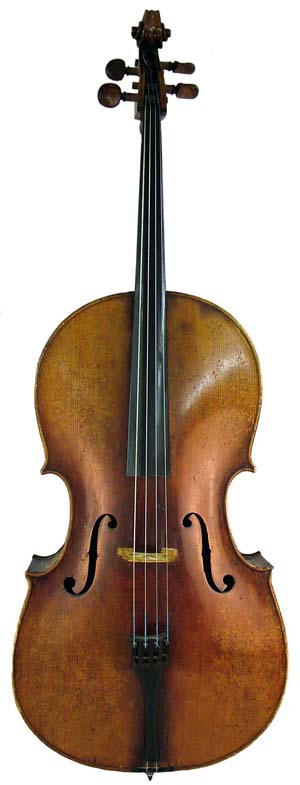 |
|
viola da gamba
|
cello
|
If you're trying to figure out which kind of instrument you're looking at during a concert, here are some ways to distinguish between them:
- the gamba has frets, while the cello doesn't;
- the gamba has six or seven strings, while a cello nearly always has four;
-
most gamba players use an underhand grip on their bows, cupping their right
hand under the bow from behind and using their fingers to put pressure and
tension directly on the hair of the bow. You will see their palms facing
outwards (towards the audience/ceiling). Cellists use an overhand bow
grip, with their right hand holding the stick of the bow from above and the
back of that hand facing the audience/ceiling. So, if you can see the
player's knuckles, it's probably a cello.
The source of this confusion for many people is the fact that baroque cellists
do not play with endpins—an easily recognizable feature of the modern cello.
They support their cellos between their knees and calves just as gambists do,
so the two instruments do appear similar in that way. But now you know how to
crack the code!
Gwyn Roberts plays recorder and baroque flute, teaches at Penn and the Peabody
Institute of Johns Hopkins University and is Artistic Co-Director of
Tempesta di Mare.
We’re looking forward to finding out what it is you want to
know and delivering the answers!
Click to send a question by email now.
|
|
|
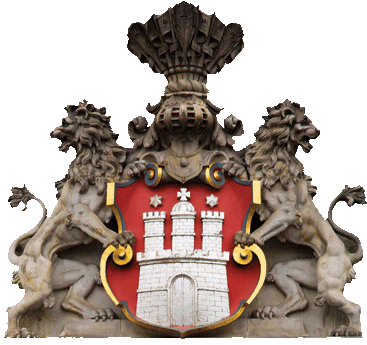
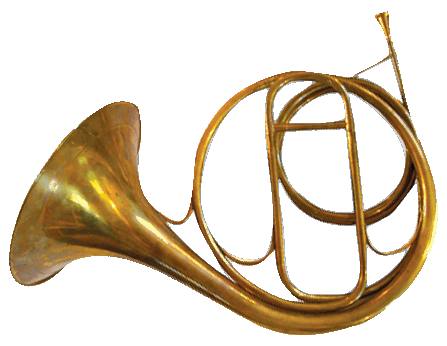
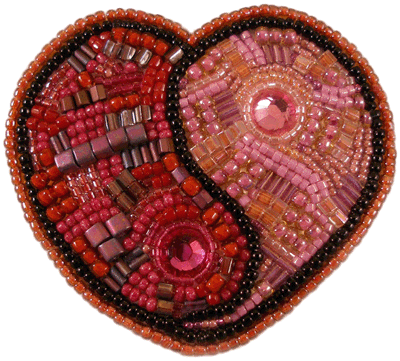

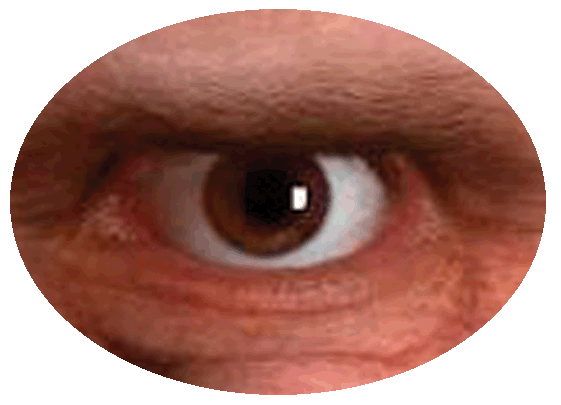
Click on the program icons above to visit our Series page
or click here to go to our homepage.
|
Tempesta di Mare • 1034 Carpenter St •
Philadelphia PA 19147 • 215-755-8776 • www.tempestadimare.org
|
 CHEERFUL NEWS
CHEERFUL NEWS
 FEATURE
FEATURE
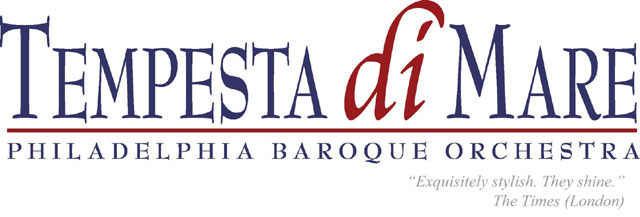
 SMART MONEY
SMART MONEY








